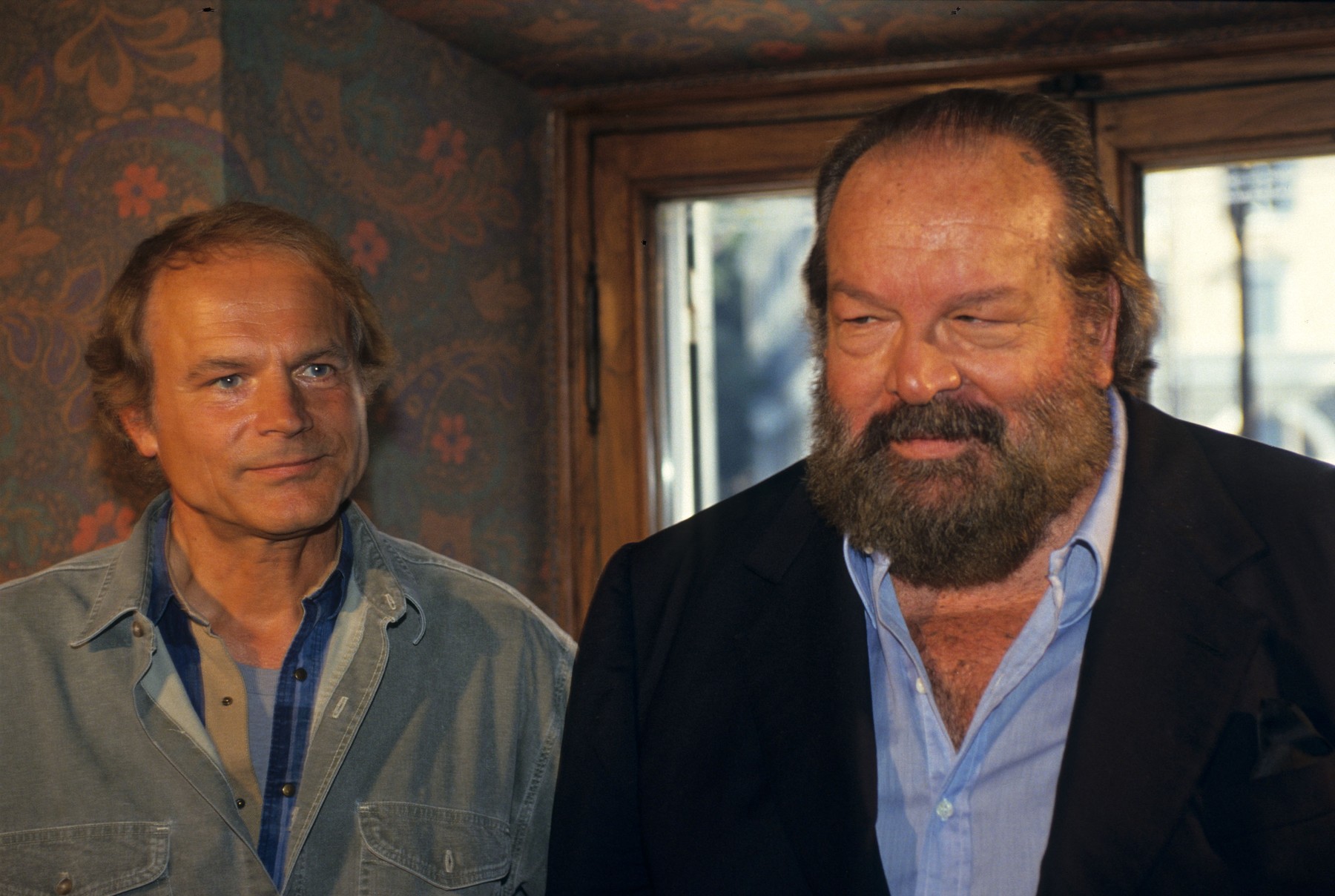The discovery of the first dinosaur fossils is usually attributed to British masters of the 17th and 19th centuries. Because of their discoveries in England in the middle of the century. The first was Robert Plaut, the English naturalist, who described a dinosaur bone in his 1676 book The Natural History of Oxfordshire. Over the next two centuries, dinosaur paleontology was dominated by a number of British naturalists. – Writes the conversation.
But a study conducted by a team of scientists shows that the history of paleontology goes back much further. They have evidence that the first dinosaur bone may have been discovered in Africa 500 years before the conspiracy. The team studies fossils in South Africa. By reviewing published and unpublished archaeological, historical, and paleontological literature, they discovered that Africa has been interested in fossils for as long as humans have been on the continent.
This is not surprising. Humanity originated in Africa: Homo sapiens have been around for at least 300,000 years. The continent has very diverse geology, such as the Kem Kem strata in Morocco, the Fayoum Depression in Egypt, the Rift Valley in East Africa, and the Karoo River in South Africa, which contain fossils that our ancestors have always had access to. So it is unlikely that Africans were the first to discover fossils. This was inevitable.
More commonly, the first dinosaur fossils, supposedly discovered by scientists, were brought to their attention by local leaders. For example, the giant dinosaurs Gobaria, discovered by the Tuaregs in Nigeria, and Giravatitan, discovered by the Bantu Muira group in Tanzania.
In their thesis, the researchers address what is known about the paleontology of African indigenous people. It lists fossils that appear to have been known for a long time in various African sites, and how African societies may have used and interpreted them before the advent of paleontology.
Bulahla rock shelter in Lesotho
One of the highlights of the thesis is the Late Stone Age rock shelter archaeological site, Bulahla in Lesotho, where various dating techniques show that the site dates from the 12th to 18th centuries. It was inhabited by the Khoisan and Bashoto peoples until the 19th century. The refuge consists of mounds of solid sediment, deposited beneath the desert-like desert about 180 to 200 million years ago, when the first dinosaurs roamed the Earth.
This part of Lesotho is particularly well known because the 4-6 metre-long Massospondylus carinatus, a type of dinosaur with a long neck and small head, was found here. Its fossilized bones can be found in abundance in the area, and this was the case even when the site was inhabited in the Middle Ages. In 1990, archaeologists working at Bulahla discovered that a Masospondylus finger bone, a fossil minute finger, had been transported to the cave. There are no fossilized skeletons outside the cave walls, so the only possibility that they ended up in the cave is that someone in the distant past picked them up and brought them into the cave. You may use it simply out of curiosity, as a decoration, as a toy, or for traditional healing rituals.
After heavy rains, it is not unusual for people to discover traces of extinct species in an area that was originally washed away. They are usually identified as belonging to a dragon-like monster that swallows people or even entire homes. In Lesotho, the Basotho people call the monster “Kholomolomo”, while the inhabitants of the province bordering the eastern mantle of South Africa, the Xhosa people, call it “Amagomongko”. The exact time at which the minute finger was collected and transferred is unfortunately lost in time. According to current knowledge, this could be any time between the 12th and 18th days. century when the shelter was inhabited. This leaves open the possibility that up to 500 years would pass before Robert Plaut was discovered.

Early knowledge of extinct animals
Most people knew about fossils long before the scientific era, due to collective social memory. For example, in Algeria, amber marks some dinosaur footprints as belonging to the legendary “rock bird.” In North America, the Anasazi people created cave paintings depicting dinosaur footprints in the period between 1000-1200 AD. Australian Aborigines have traced dinosaur footprints to the legendary “Emu Man”. In South America, the Aztecs gave Hernand Cortés a fossil of a mastodon thigh in 1519. In Asia, ammonites are called “Shaligram” by Hindus and have been venerated for more than 2,000 years.

authenticity
The fact that Africans have long known about fossils is clear from folklore and archaeological records, but there is still much to be learned about them. For example, unlike Europe, the Americas, and Asia, indigenous African paleontologists appear to have rarely used fossils in traditional medicine. Researchers are still unsure whether this is a truly unique cultural trait common to most African cultures, or whether it is due to our undoubtedly incomplete knowledge.
There are some fairly notable paleontological sites, such as the Kem Kem Basins in Morocco and the Cradle of Humanity Caves, a UNESCO Heritage Site in South Africa, that still do not provide solid evidence of indigenous knowledge. This is unfortunate because fossil traditions can help form a bridge between local communities and paleontologists, which can contribute to the preservation of important heritage sites.
(Source: The Conversation: https://theconversation.com/)





















![Fera: The Sundered Tribes will also be released on consoles [VIDEO]](https://thegeek.hu/wp-content/uploads/sites/2/2024/05/thegeek-Fera-The-Sundered-Tribes-1.jpg)




















